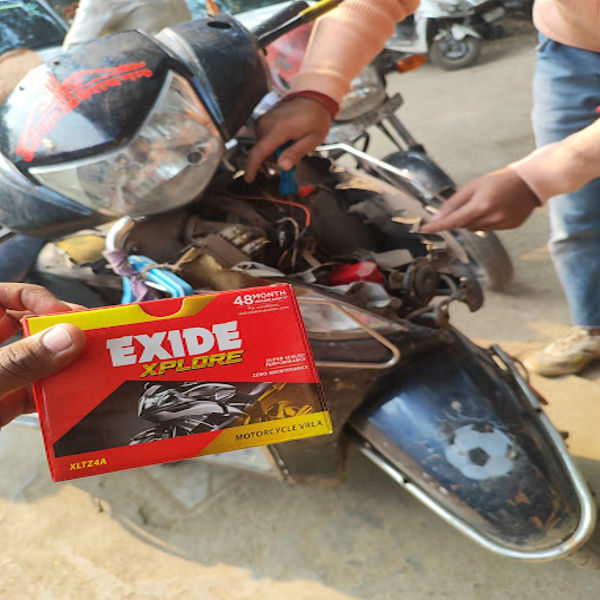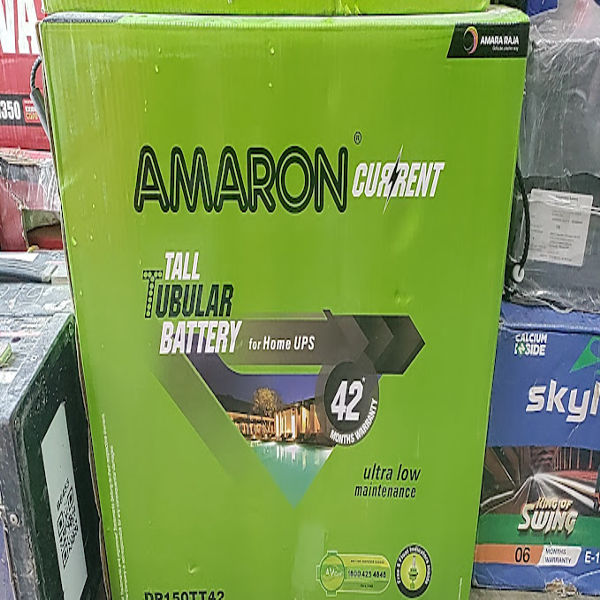Emerson offers a range of three-phase industrial UPS systems designed to provide reliable power protection for critical applications. Here are some key details typically associated with Emerson's three-phase UPS solutions: Key Features Power Capacity: Models often range from 10 kVA to several hundred kVA, catering to different industrial requirements. Topology: Many models utilize an online double-conversion topology, which ensures continuous power supply and zero transfer time during outages. Efficiency: High-efficiency ratings (up to 96% or more) help reduce energy costs and heat generation. Modular Design: Many systems allow for modular configurations, enabling easy scalability and redundancy. Smart Battery Management: Advanced battery management systems extend battery life and enhance performance. User Interface: LCD screens or touchscreen interfaces for real-time monitoring, diagnostics, and control. Communication Protocols: Various options for remote monitoring and integration, including SNMP, Modbus, and other industry-standard protocols. Input/Output Configuration: Flexible I/O options for different electrical environments, often with customizable settings. Applications Data centers Industrial automation systems Telecommunications Manufacturing facilities Critical power applications in healthcare Considerations Installation: Requires professional installation to ensure compliance with local electrical codes and optimal performance. Maintenance: Regular maintenance checks are necessary for reliability; consider a service contract for ongoing support. Load Assessment: Properly assess total load requirements to select the appropriate UPS capacity. Environmental Conditions: Ensure the UPS is suitable for the operating environment (temperature, humidity, etc.). Popular Models Emerson has various models within its UPS lineup, including: Liebert APM: Modular UPS systems known for scalability and high efficiency. Liebert EXL S1: High-density UPS for critical loads, offering excellent performance and efficiency. Conclusion When considering an Emerson three-phase industrial UPS, it's essential to evaluate specific needs, including power requirements, space constraints, and operational conditions. For the most accurate and detailed information, including specifications and installation requirements, consult Emerson's official documentation or contact a local representative. If you have specific models or features in mind, let me know!
Send Message







